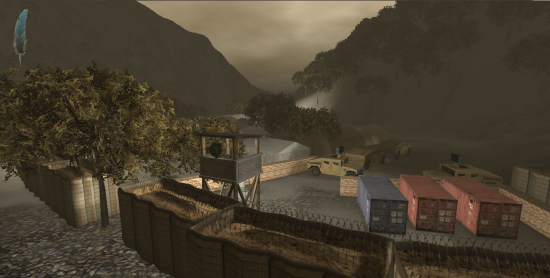Editor’s note: This article was updated on 1/27/2023 to remove dead links and links to malicious sites.
The U.S. military will be testing OpenSim’s scaling capabilities tomorrow, on the MOSES test grid.
MOSES — Military Open Simulator Enterprise Strategy — is an OpenSim-based world run by the U.S. Army Simulation and Training Technology Center. The world is used by researchers both in and out of the defense industry.

Tomorrow, a test version of the grid will be used to deploy the Distributed Scene Graph (DSG), a technology developed by Intel that allows OpenSim to scale to hold over a thousand avatars on a single region. The DSG is included in the latest standard deployment of OpenSim.

“The objective of this test is to see how many live avatars can connect to the sim and still be usable,” said Douglas Maxwell, science and technology manager at the U.S. Army, in an announcement today. “We will be performing some movement, building, and scripting exercises during the testing time. We will be measuring server loads, internal and external network activity, and a subjective overall satisfaction.”
To help with the test, Maxwell invited members of the public to create a new user account and log into the test grid. The test itself will be conducted at 2 p.m. eastern time on Thursday, March 1, but he urged participants to create their avatars early and do a test login ahead of time.
Today, each region of OpenSim runs on a single server. If the server is powerful enough, multiple regions can share the same server. However, if a region requires more resources, it cannot be spread among several servers. That means that there’s a maximum limit of how many objects and how many visitors a single region can handle the hardware and bandwidth available on a single machine. That limit is about 100 avatars, and a few hundred thousand “primitive” objects.
With DSG, a single region can be handled by multiple servers — one server can handle the physics simulations for the region, another server can run the scripts that add interactivity and animate objects, and a third server — or multiple servers –can handle visiting avatars.
These servers can, in turn, be optimized so that they can handle their individual functions best. An overview of the technology is available from Intel for download in PDF format.
- Kitely Mega Worlds on sale for $90 per month - July 19, 2024
- OpenSim regions up, actives down with summer heat - July 15, 2024
- People think AIs are conscious. What could this mean for bots in OpenSim? - July 12, 2024
